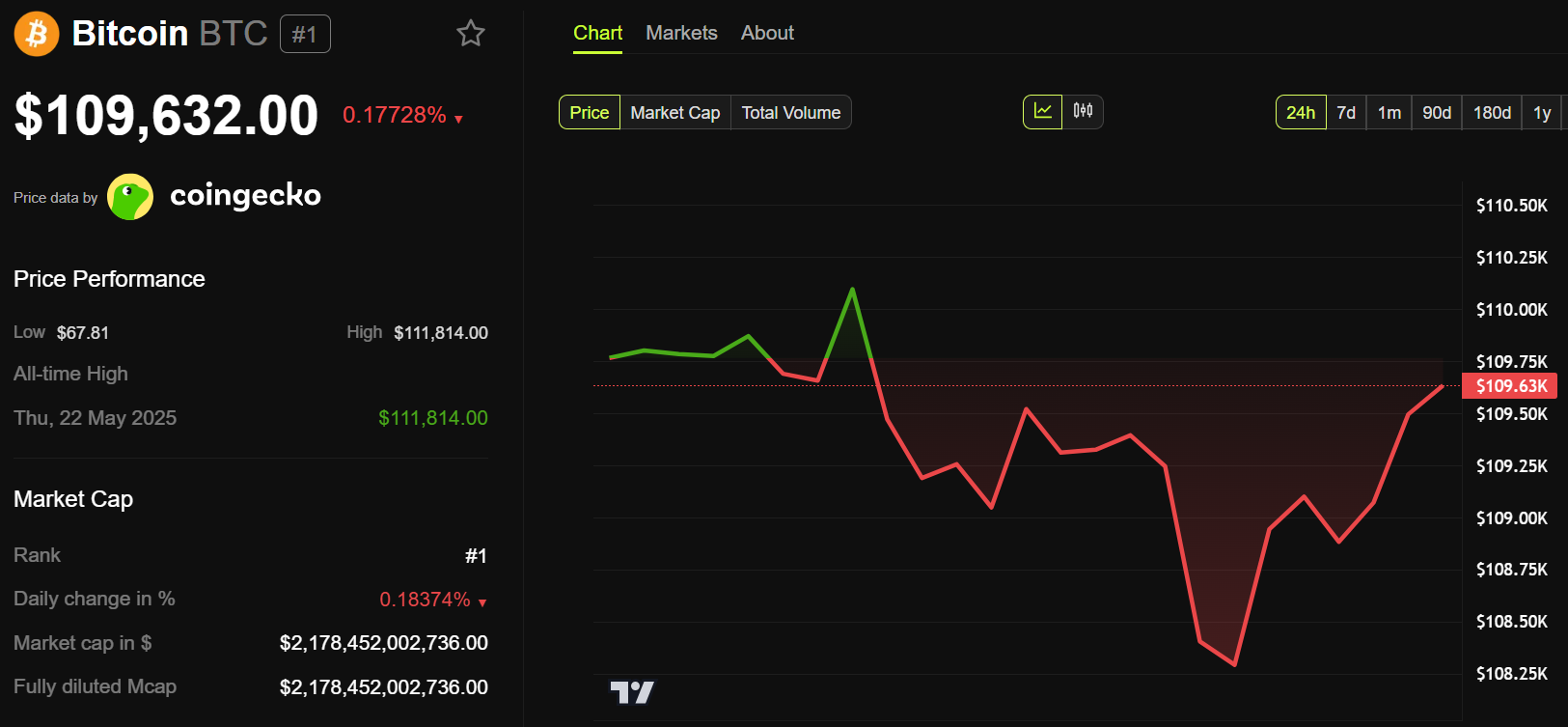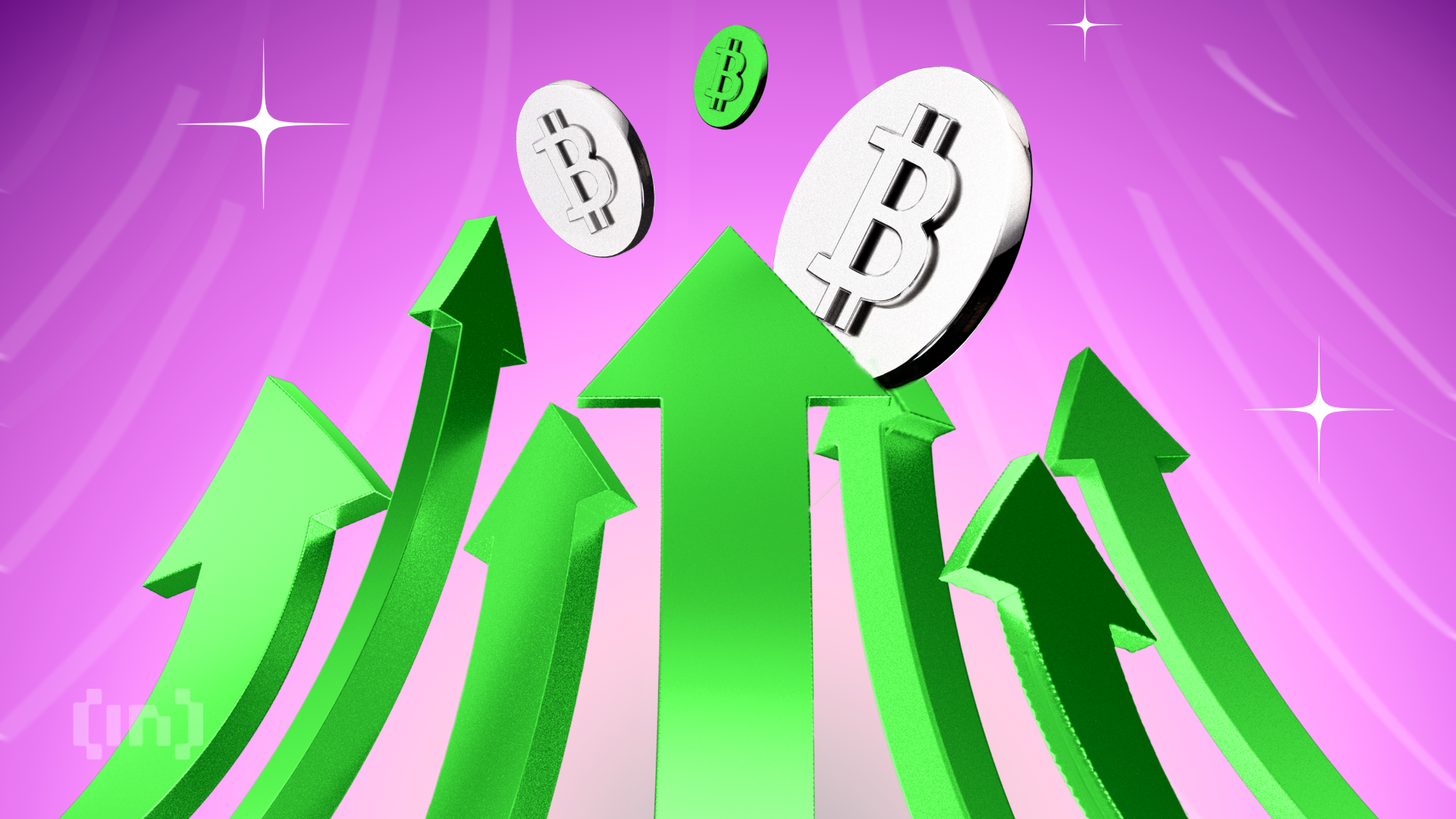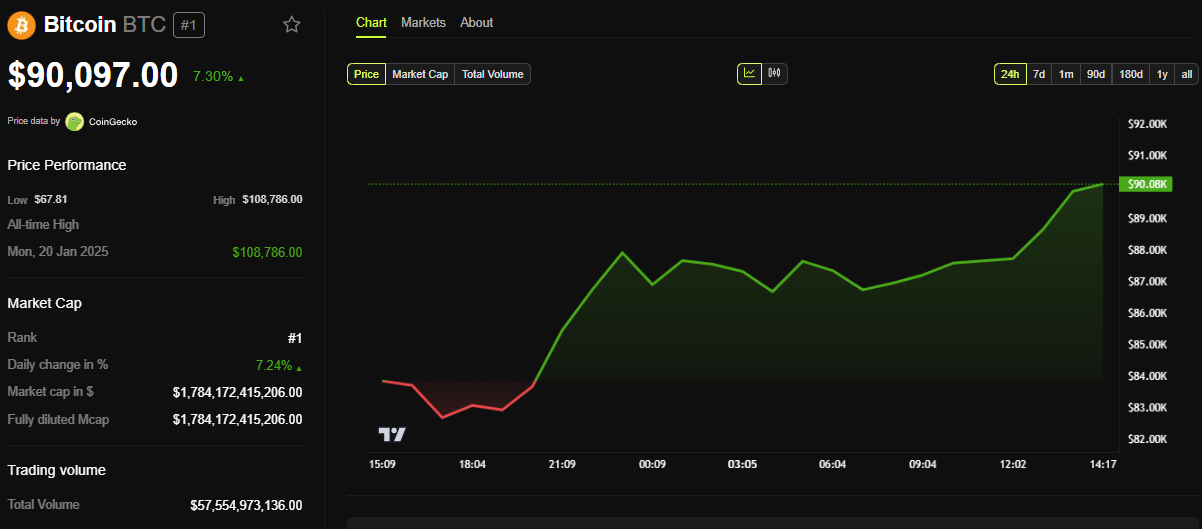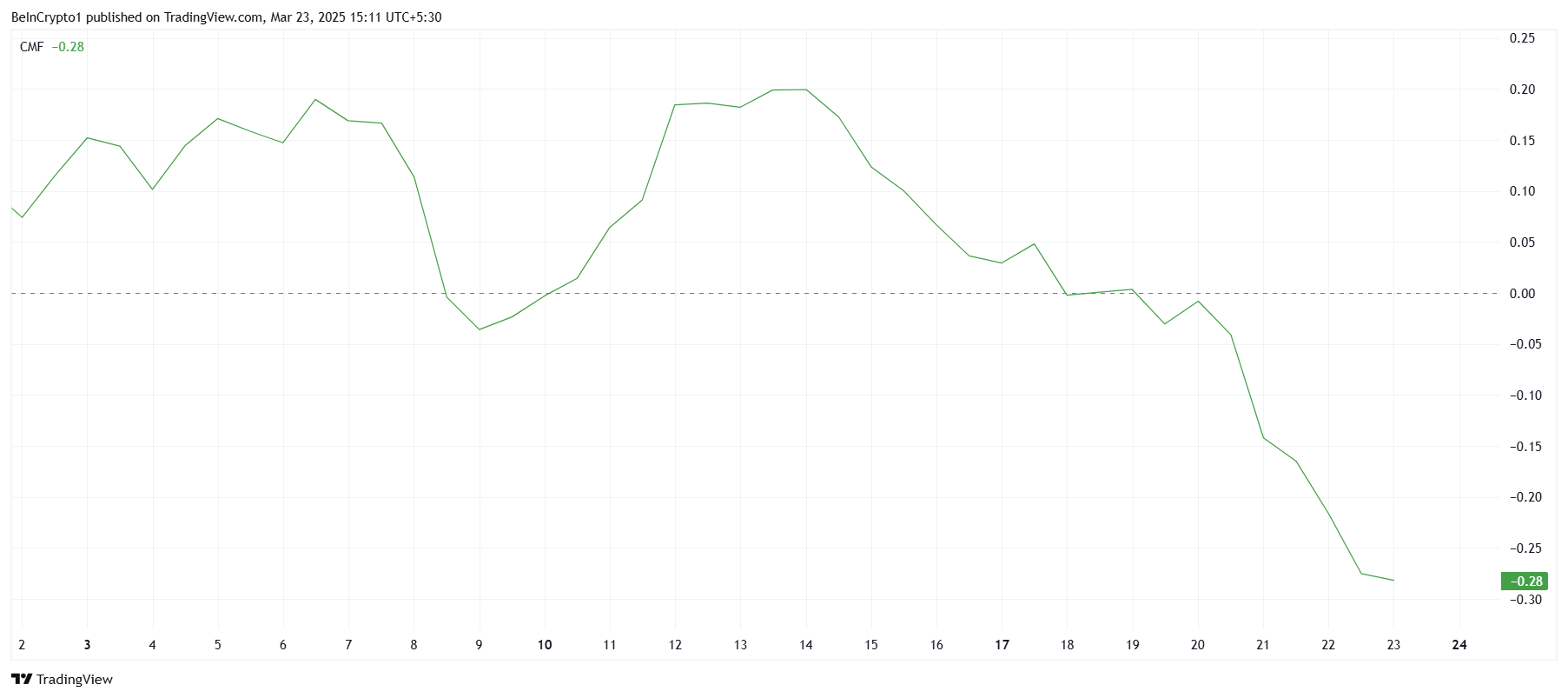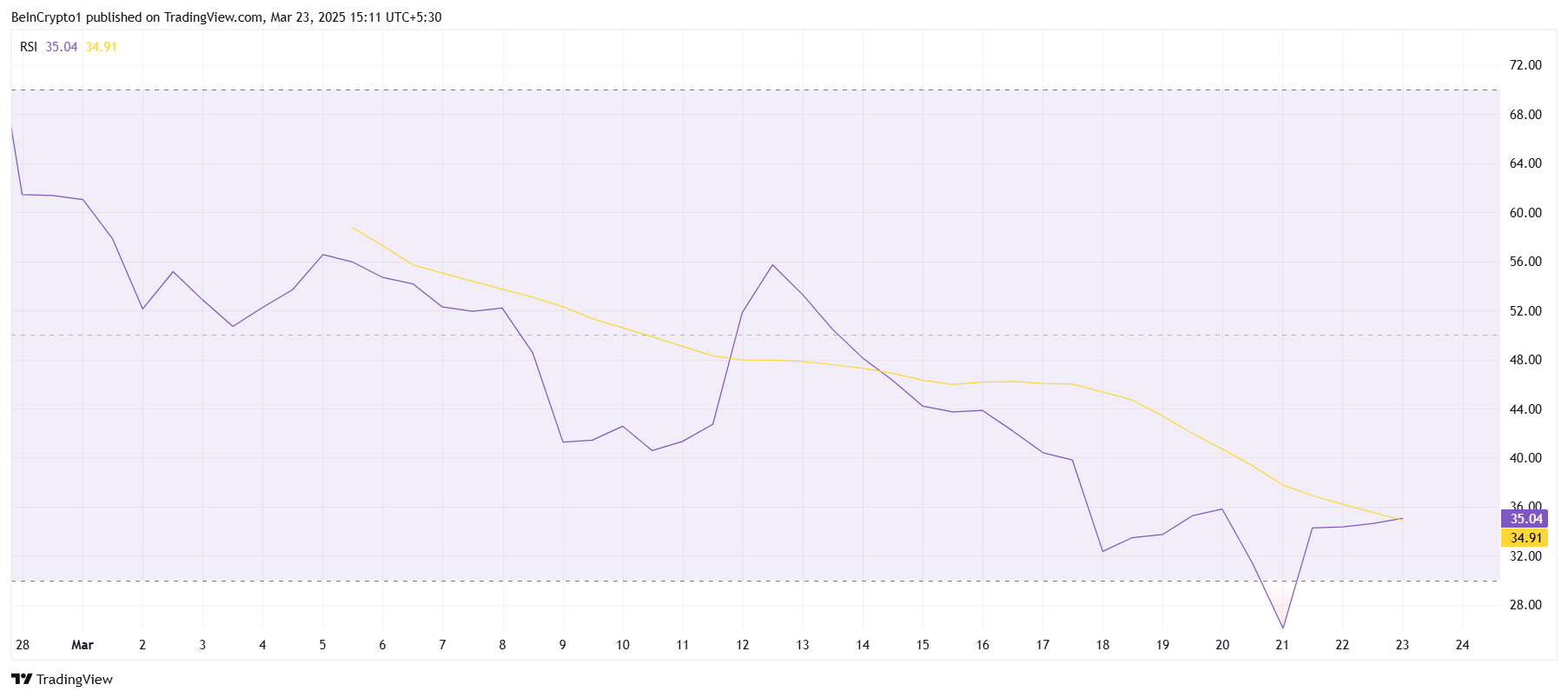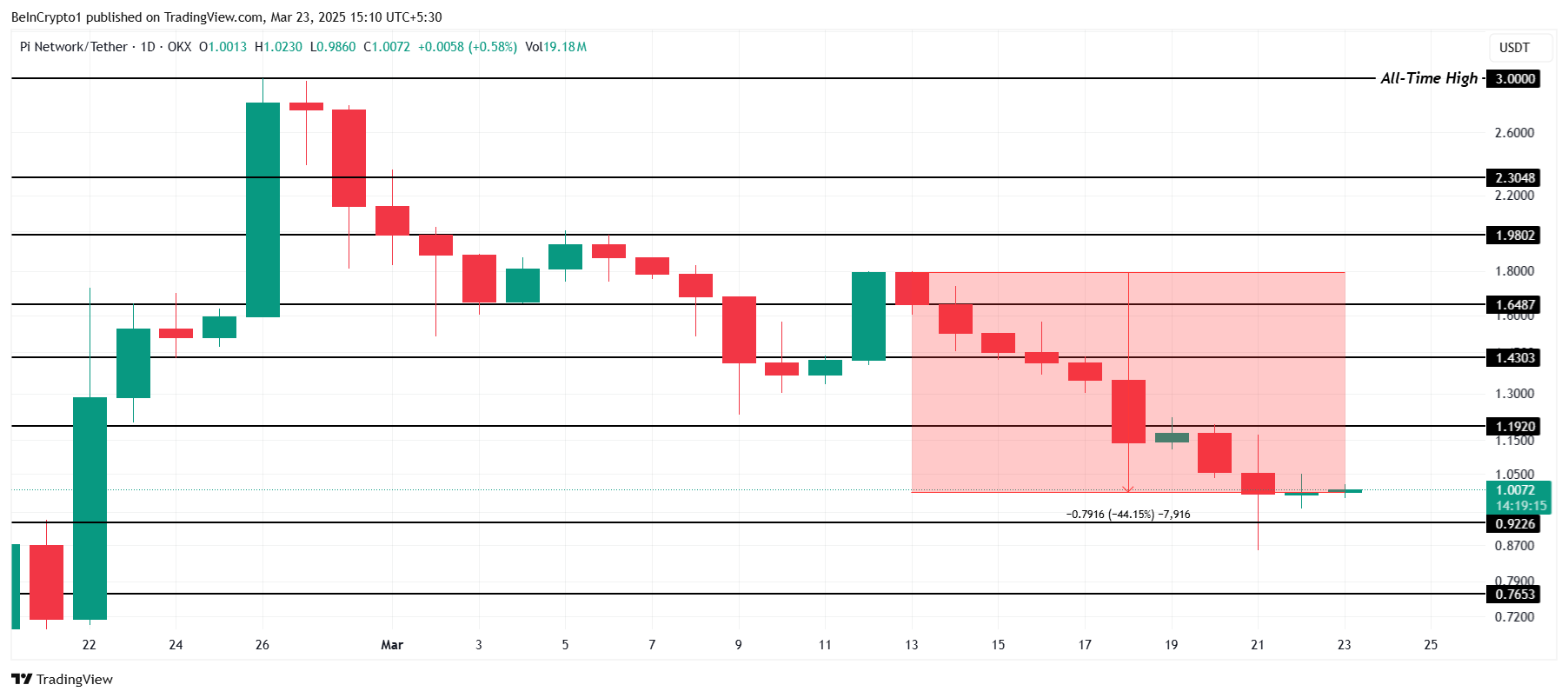A little-known meme coin called Kekius Maximus saw a dramatic price surge on Friday, gaining over 120% within hours. The sudden rally followed Elon Musk’s update to his X (formerly Twitter) profile.
Musk’s name change on X often follows up with these speculative pumps, but certain reg flags on KEKIUS are fueling notable concerns.
Kekius Maximus Keeps Pumping
Musk adopted the name “Kekius Maximus” on his X account and changed his avatar to an AI-generated image of himself in gladiator-style armor.
This led to renewed interest in the coin, which had largely gone unnoticed in recent months.
According to CoinGecko data, the digital asset spiked from obscurity to a four-month high of $0.06. This is far below its all-time peak of $0.4011, set during a similar Musk-induced meme moment in January.
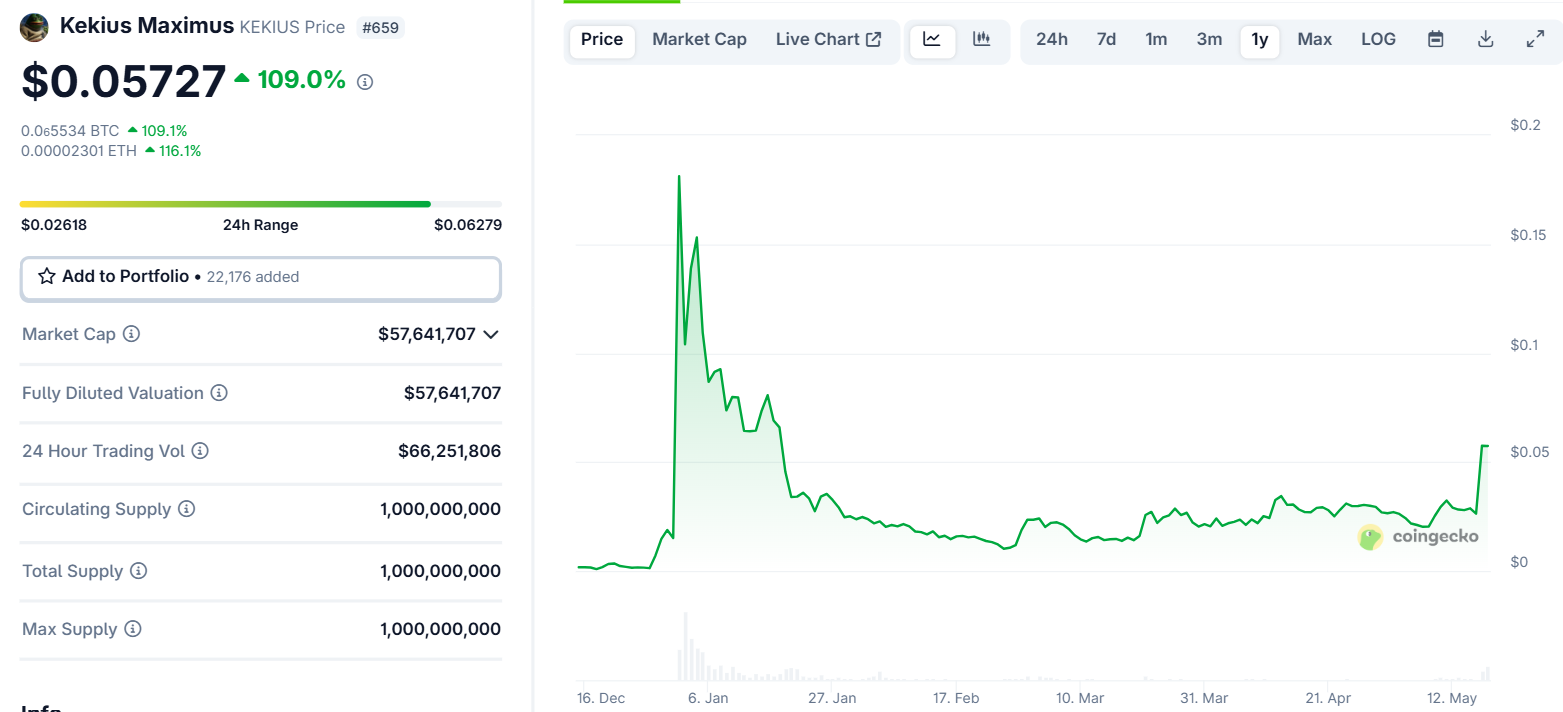
Meanwhile, the current spike pushed Kekius Maximus’ market cap to roughly $57 million, which is also well off its previous high of $181 million.
The token’s branding draws on the Pepe the Frog meme and the iconic Maximus character from the film Gladiator. This combination aligns with Musk’s rebrand and appeals to his meme-savvy audience.
Musk has not acknowledged the coin or suggested any direct involvement despite the token’s meteoric rise.
Still, his history of influencing crypto markets through subtle or playful social media gestures is well established. This is evidenced in his past endorsements of Dogecoin, which have trained investors to react quickly to any signal, even if indirect.
So, Kekius’s rally highlights a recurring theme in crypto markets where Musk’s online activity often catalyzes sudden speculative booms.
Even without a formal endorsement, a simple reference or image change can trigger a wave of FOMO-driven buying among investors.
Prior to this event, Kekius Maximus had shown little movement or trading volume. Musk’s rebrand appears to have injected new life into the project, albeit temporarily. History suggests that similar meme-driven pumps often retrace once the hype subsides.
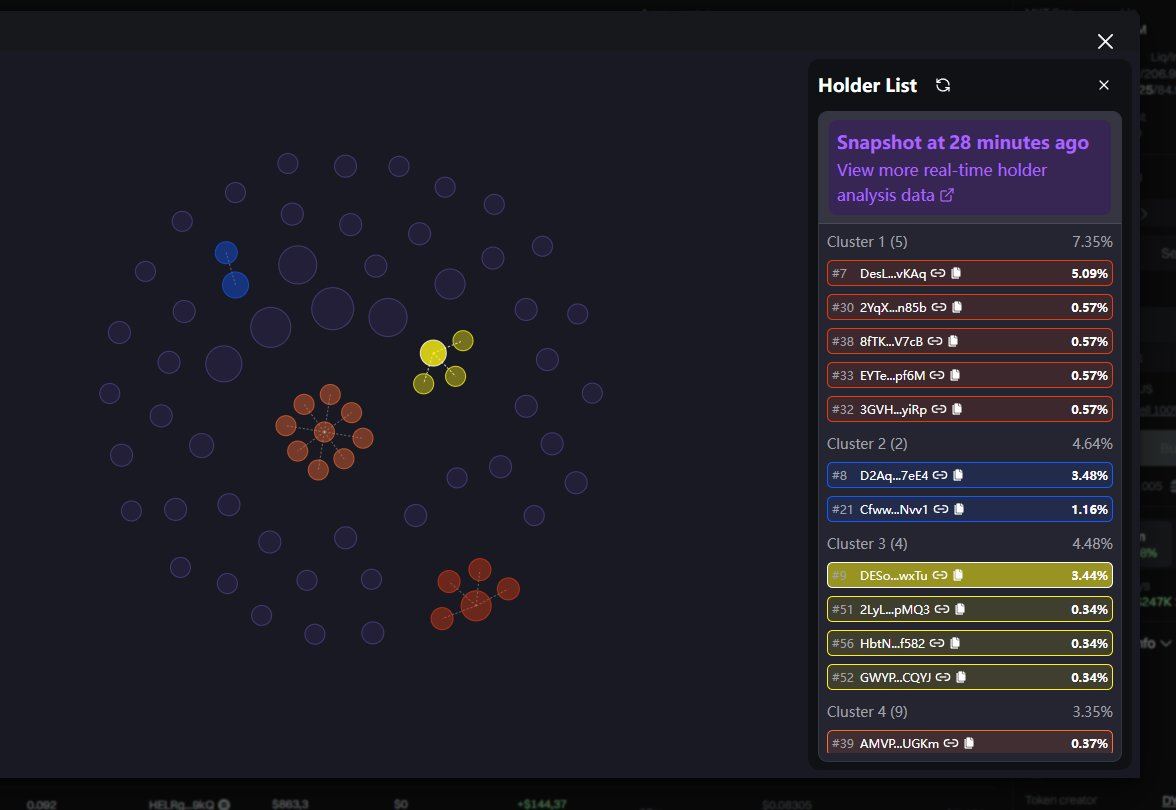
Meanwhile, malicious actors appear to be capitalizing on the project’s hype. Crypto analysts highlighted one Kekius-themed project whose team held 99% of the supply and looked to dump it on the community.
“$KEKIUS (CA 6m51rC2jRZkrtQkNNP4sXrSTE6Yq76F9huA8MYRtpump) is a blatant obvious scam, don’t buy this garbage…they have 99% of the supply,” the analyst wrote.
The post Elon Musk-Inspired Kekius Maximus Rallies But Scam Warnings Raise Red Flags appeared first on BeInCrypto.



